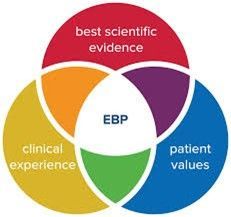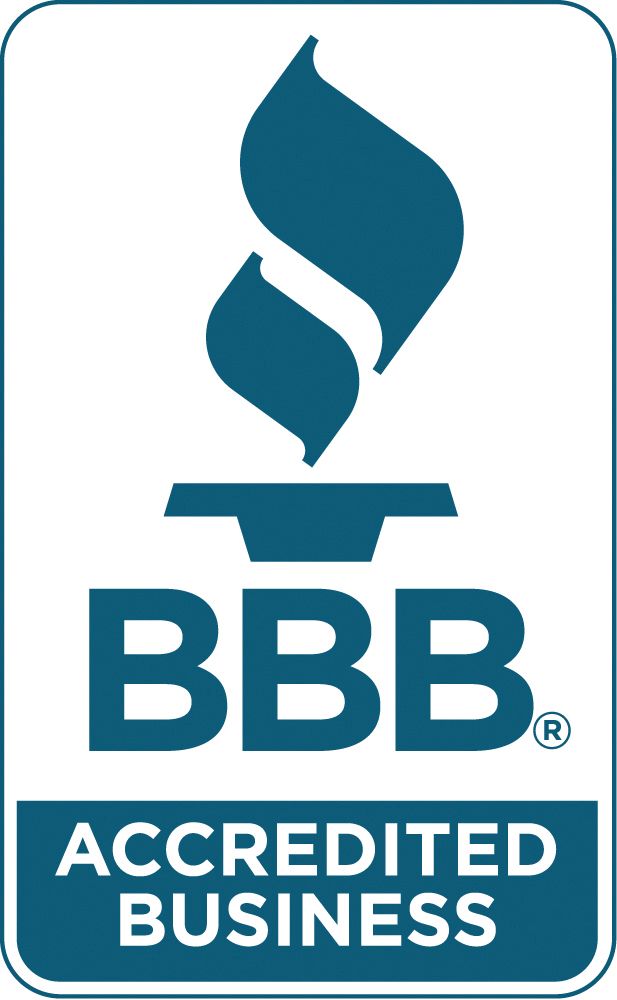Behavioral Health Budgeting in 4 Simple Steps
By carefully managing these interconnected elements, a behavioral health organization can build a robust budget that withstands the complexities of cost-reimbursement funding.

Budgeting for behavioral health organizations presents a unique and intricate challenge, differing from standard financial forecasting. This complexity is especially evident when collaborating with governmental agencies. Unlike typical budgets that concentrate on precise expenses and revenue, the landscape is notably altered when a behavioral health entity enters into contracts with State or County agencies. The budget transitions to a cost-reimbursed model when funding comes from governmental sources like MediCal/Medicaid or Medicare.
Typically, budgets in this sector are organized around fee-for-service reimbursements; for example, a provider offers care to a client and is later compensated with a specific fee for the service rendered as outlined in the corresponding contract.
A cost-reimbursed budget consists of three key components:
1. Revenue Projection: This entails estimating the total revenue or billing the behavioral health organization expects over the contract period, usually one year. The budget should represent the anticipated total revenue during this timeframe.
2. Unit Rate Calculation: Additionally, the budget must incorporate the rate per billing unit, which could be specified in minutes or hours, depending on the governmental agency's requirements. This rate may be $3.00 per minute or $180 per hour for mental health services.
3. Expense Management: This vital component includes all expenses related to contract execution throughout the year. It encompasses a comprehensive list of costs—including staff salaries, administrative fees, building rentals, office supplies, and other operational expenses.
When an agency secures a contract amount, its costs must closely align with anticipated revenue. Achieving a balance between services provided and expenses incurred is essential. For example, if the contract stipulates $1 million, the agency needs to aim to bill that amount while managing expenses at this same level. Using the established rate per minute, the agency must serve a specific number of clients detailed in the contract. After the contract year, a thorough cost report is compiled detailing costs and revenue. Depending on this report's results, the organization may owe the payer money, or vice versa—an outcome neither party wishes for. Hence, careful budget planning is crucial.
Faced with these multifaceted components, how can an agency effectively navigate them?
1. Start with Revenue: If your organization is working under a $1 million contract, your first step is to determine your billing rates per minute. For instance, if all services are billed at $3.00 per minute, you'd divide $1 million by $3.00, resulting in approximately 333,333 minutes. Dividing that number by sixty gives about 5,555 hours of staff time required to achieve that billing amount.
2. Determine Staffing Needs: Next, evaluate how many staff members are necessary to meet your billing goals. If each staff member can bill 20 hours weekly for 48 weeks, accounting for vacations, sick leave, and holidays, that equals 960 hours per person annually. Dividing the total needed minutes (5,555) by the annual billable hours per staff member indicates a requirement for about 5.79 full-time equivalents, or roughly six staff members.
3. Assess Expenses: At this point, it's time to quantify expenses. Calculate the staff salaries, benefits, and other operational costs mentioned previously, ensuring they combine to $1 million overall.
4. Make Revisions: It’s essential to understand that initial budget estimates seldom achieve precision on the first attempt. This stage necessitates adjustments to staff hours, positions, and expenses to close any gaps and ensure the final budget is perfectly aligned. By systematically modifying these elements, you can guarantee that your staffing capacity meets the requirements to bill the full $1 million while maintaining a balanced expense sheet. Flexibility and adaptability in the budgeting process are vital for success.
By diligently managing these interconnected components, a behavioral health organization can develop a solid budget that can endure the complexities of cost-reimbursement funding. This highlights the intricate and interdependent budgeting process, ultimately positioning the organization to provide essential services to the community successfully.




